Saran Yen Panya
Where did your love of creativity and storytelling come from? What was the starting point of this journey you are on?
I think, like many Thai kids, I grew up surrounded by unintentional masterpieces—spirit houses dressed better than runway models, monks chanting next to malfunctioning karaoke machines, aunties airbrushing Hello Kitty on their motorbike helmets. None of it was called “design,” but all of it told stories. I didn’t start out with a grand plan. I just kept collecting these strange, beautiful contradictions and eventually realized they were worth weaving into something of my own. My journey didn’t begin in a museum or a design school. It started in a tuk tuk shrine, at a lottery stall, on a plastic stool.
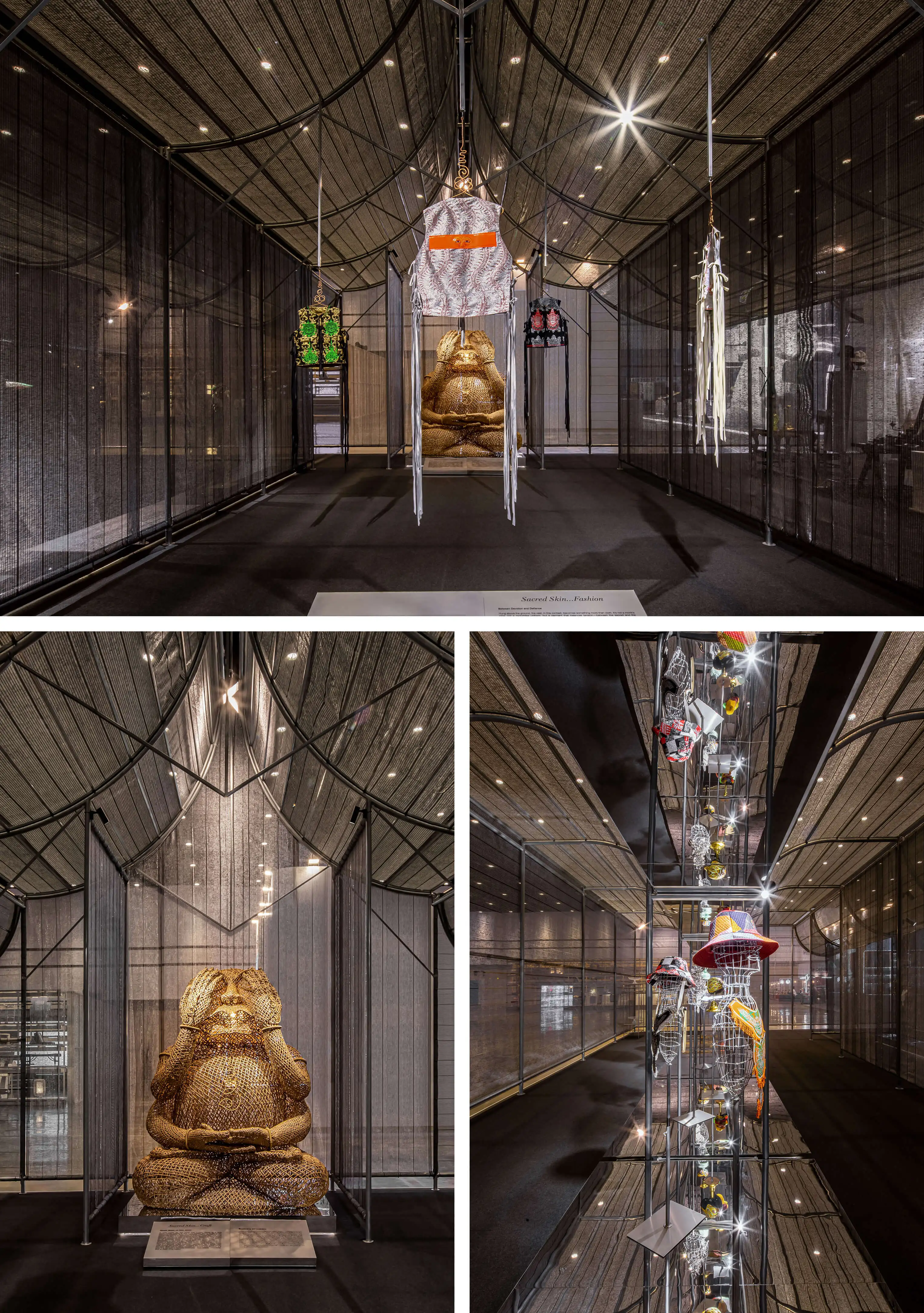
You present yourself as an outsider. There’s “questionable taste” and “beautiful weirdos”, “ugly cute cults”, and “citizens of nowhere”. On the surface it’s playful and cool, but there is obviously a deeper point to this. What are you really saying?
I guess I’m saying that belonging is overrated. Or at least, it’s a moving target.
I’ve always been more interested in the people who exist between categories—too Thai for the global scene, too weird for the local one. The language of “beautiful weirdos” is a survival strategy. If the world won’t make room for you, build your own altar. And if your taste is “questionable,” maybe the dominant taste is the real problem. It’s not just aesthetic—it’s political.
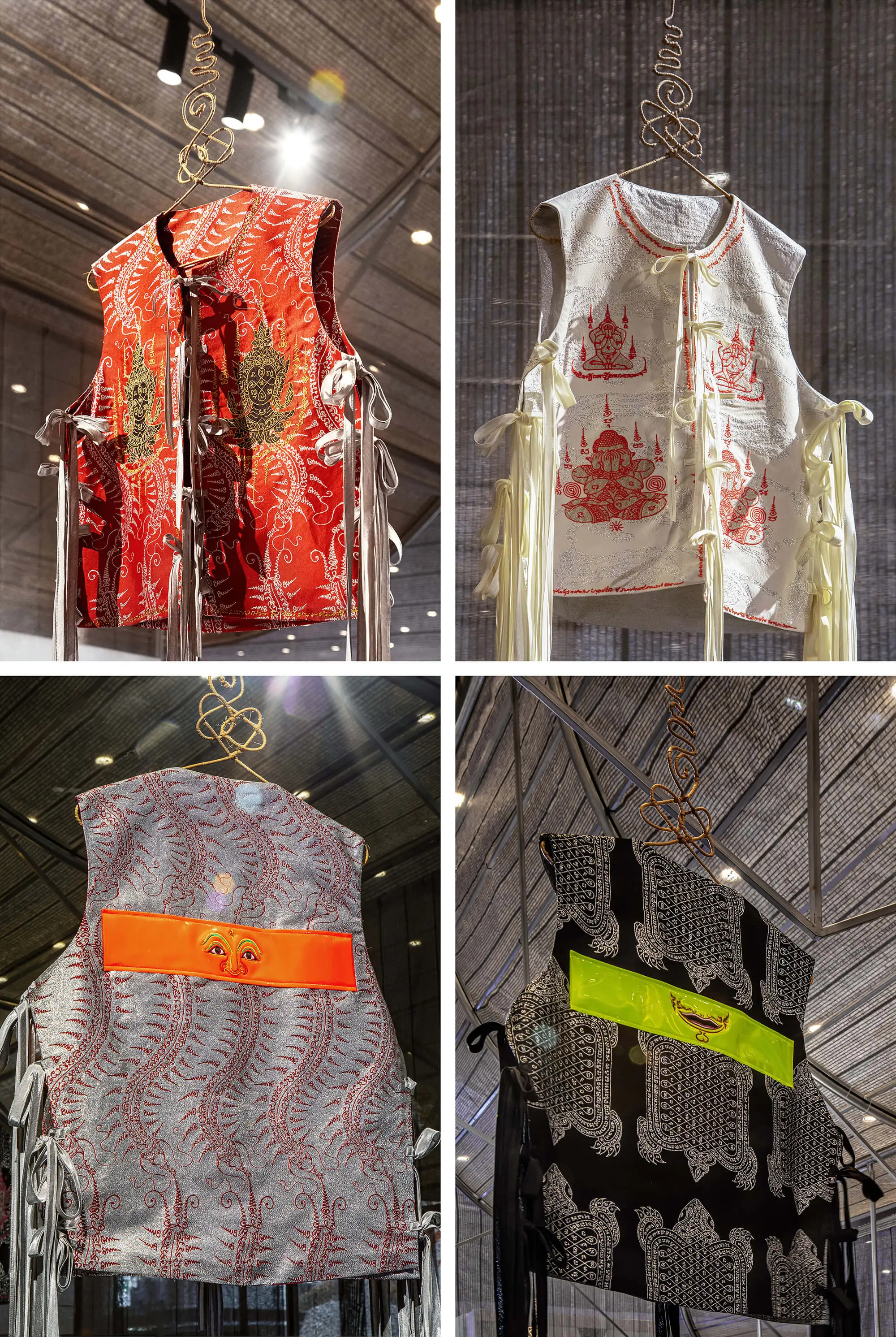
You often work with things that might be cheap or mass-produced, but the pieces that come out of that are obviously lovingly crafted and very clearly bespoke. So, in contrast to your kind of pop approach, you must also have a reverence for the older, the crafted and handmade. Could you go into that a bit?
Absolutely. I worship at the temple of contradiction. I don’t see cheapness and craftsmanship as opposites—they’re ingredients. I grew up with plastic amulets that meant more than gold, with mass-produced taxi talismans that held real prayers inside. For me, the value isn’t in price or rarity—it’s in aura. That aura comes from touch, intention, care. Whether it’s machine-woven or hand-beaded, the question is: does it mean something? That’s where the magic lives.
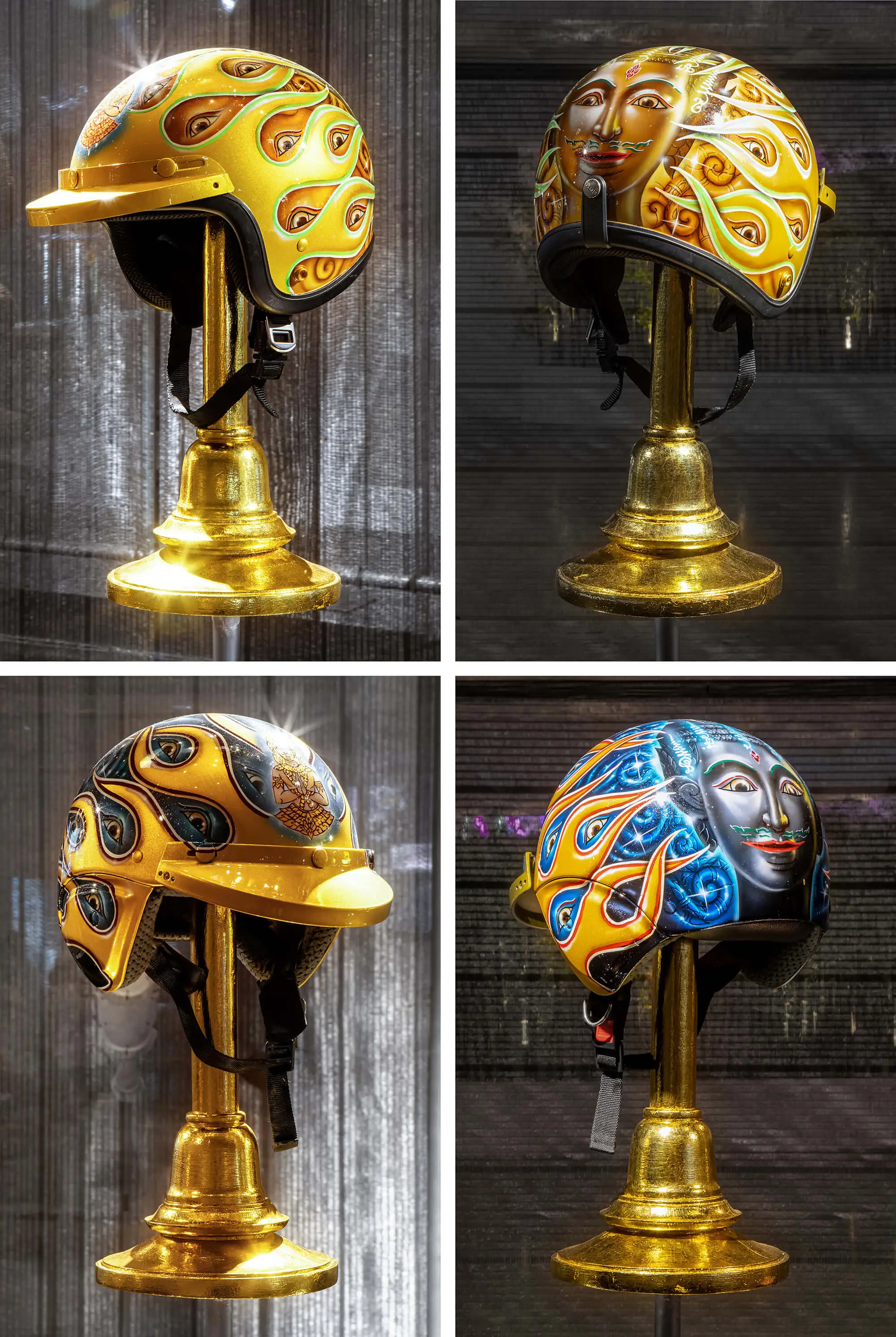
I love your description of yourself as having an “increasingly broken luxury compass.” Luxury is a word whose meaning is always shifting and constantly being debated… I doubt you can find any two people who can agree on what it means. What does luxury mean to you at this point in time?
To me, luxury is context. A plastic bag in the right light is a Birkin. A monk’s begging bowl, to me, is more precious than a Rolex—it’s carried longer, loved harder, and asks bigger questions. My luxury compass is “broken” because it stopped pointing at the West a while ago. It now spins toward anything imbued with ritual, memory, or emotional weight. A temple pennant, a karaoke remote, your grandma’s old enamel tray. Those things don’t just sparkle—they haunt you.
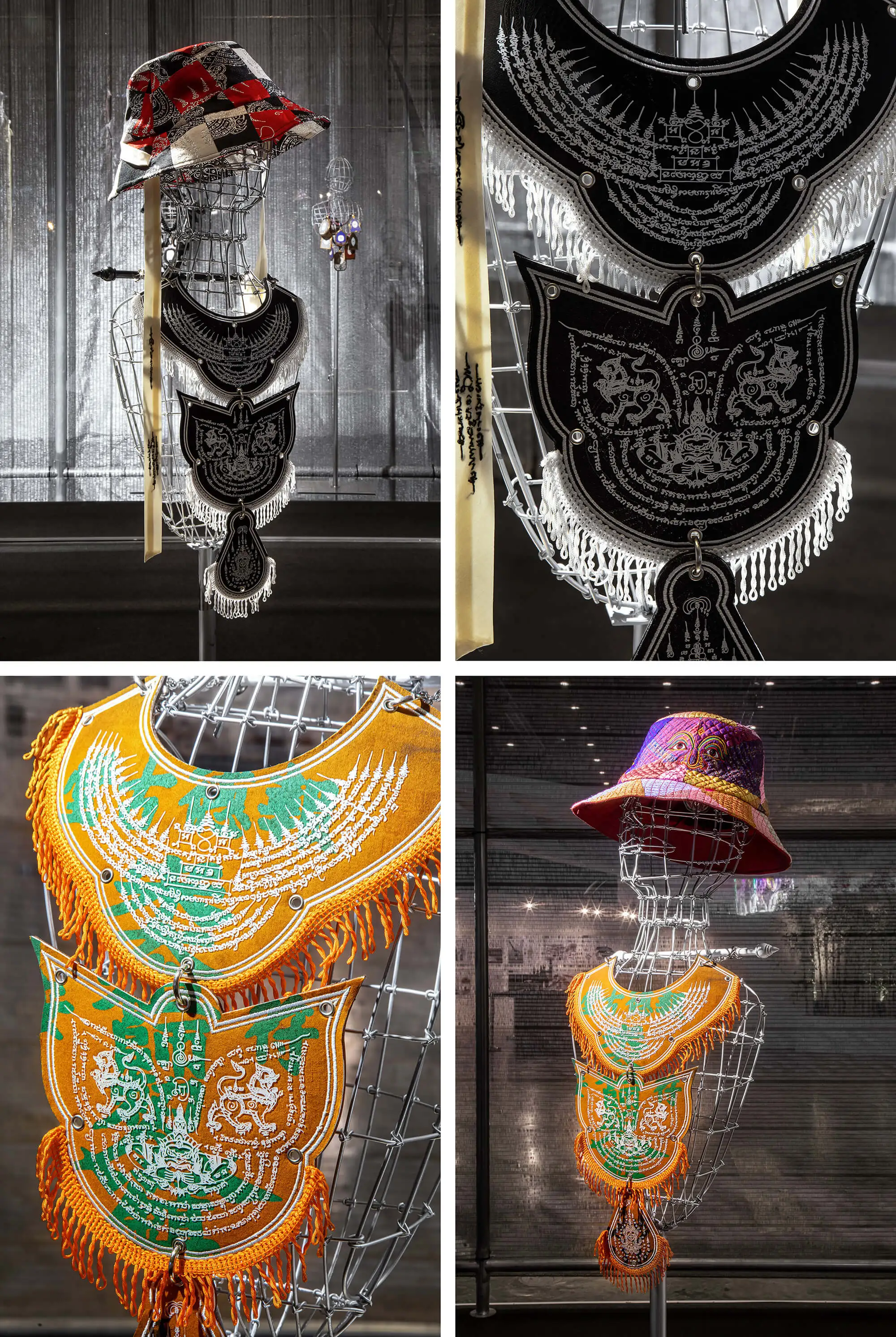
As a designer myself, I really admire the range and versatility of your work, from exhibition design, installation, objects, craft, packaging, interiors, branding and styling. What is the common thread or essence that runs through all these diverse things you do and ties them together?
I think the common thread is belief. Not religious belief, necessarily—but the belief that objects can hold energy, stories, humour, memory, and power. Whether I’m designing a space or a sticker, I’m always trying to smuggle meaning into form. Another thread is translation. I’m always translating something—Thai into global, sacred into ridiculous, past into speculative future. It’s less about medium and more about myth-making.
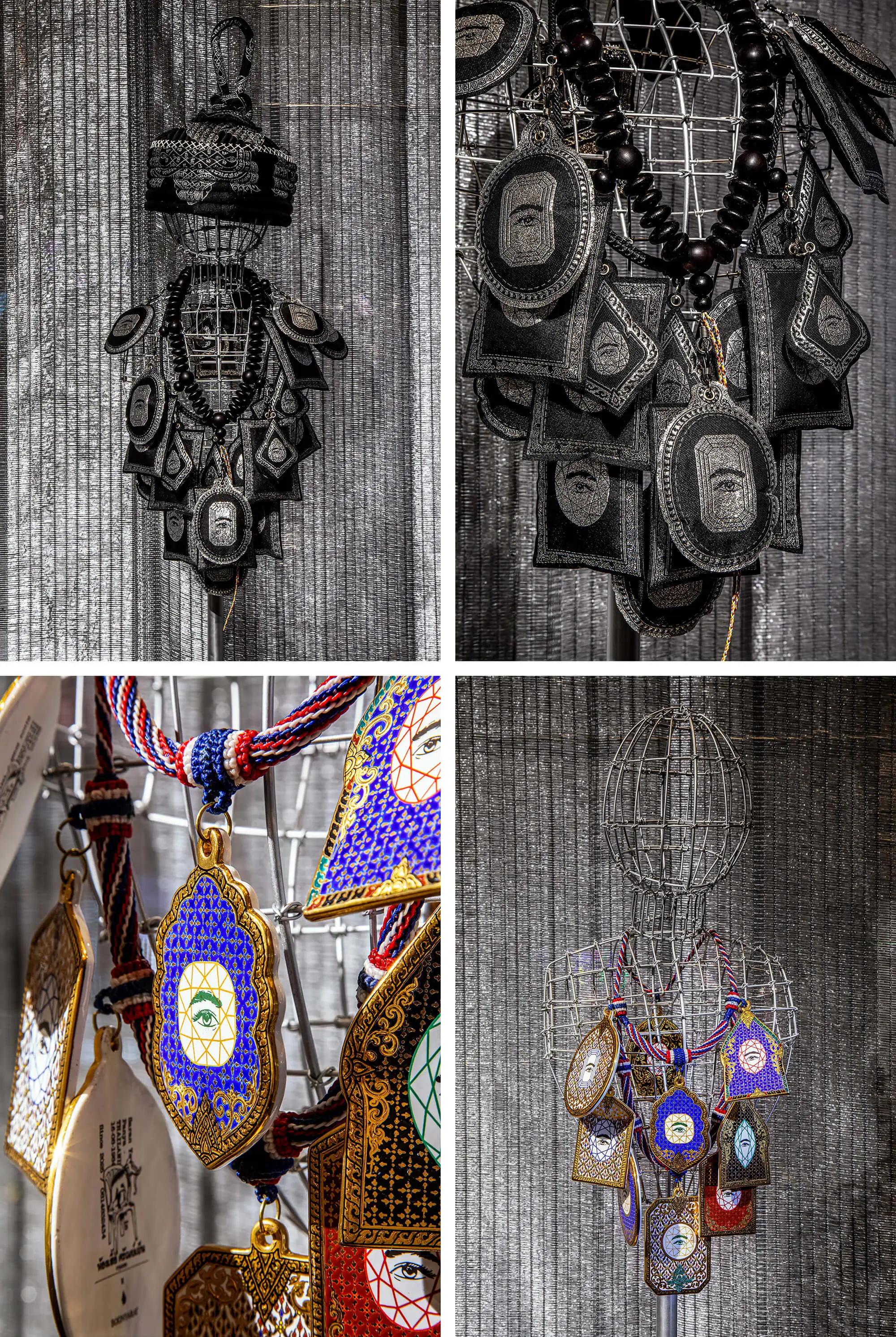
You are presenting the ‘Sacred Skin Pavilion’ at the THACCA (Thailand Creative Culture Agency) Splash Soft Power Forum. You invite people to “come see how far Thai-ness can stretch before it snaps”. Could you kindly unpack this a bit for us? What are you examining with these works and what are you trying to achieve? - I guess it stretches pretty far, right?
Thai-ness is a stretchy fabric—it can be sacred, sleazy, hyperlocal, viral, cringey, sublime. This project asks: what happens when we stop trying to preserve it in glass boxes and instead wear it, remix it, tattoo it, emboss it onto biker jackets and temple umbrellas? Sacred Skin is my love letter to those belief systems we carry on our bodies, often without realizing it. It’s not just about visual culture—it’s about emotional inheritance. How far can we push the aesthetic before the spirit disappears? Turns out—very far, if you do it with care.
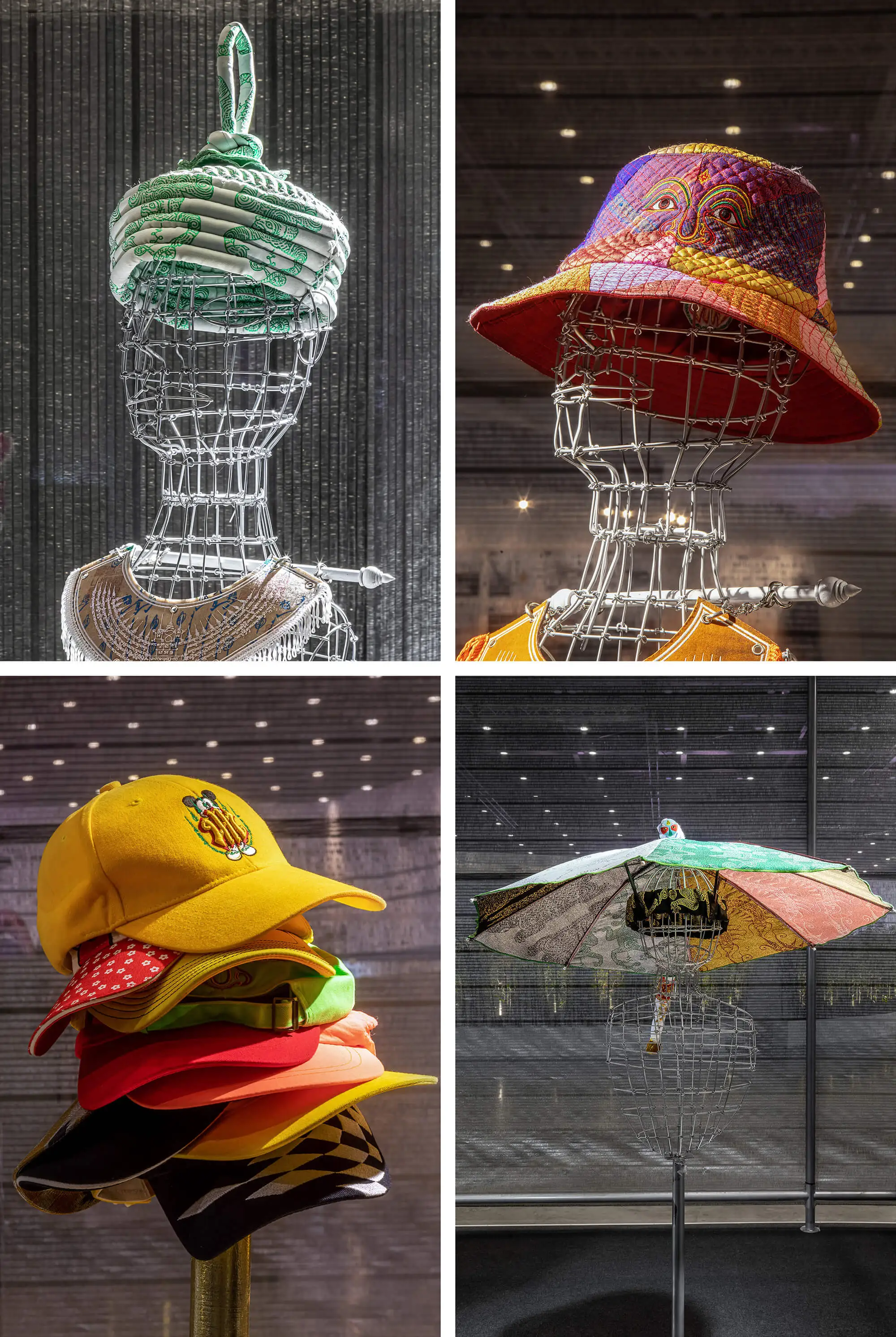
What does Thailand mean to you today?
Thailand, to me, is a place of impossible simultaneity. You can stand in traffic next to a monk, a cosplayer, a protester, and a noodle vendor all under one broken LED sign. It’s exhausting, infuriating, inspiring, and deeply poetic—like a ghost that wears many costumes. I don’t romanticize it. But I do love it for its complexity, its contradictions, its weird resilience. It’s not a brand. It’s not an aesthetic. It’s a haunted karaoke song that somehow still slaps.
Which song you asked?
Either 'Landslide' by Fleetwood Mac or 'Exit Music (For a Film)' by Radiohead.
Well, I've been 'fraid of changin'
'Cause I've built my life around you
But time makes you bolder
Even children get older
And I'm gettin' older, too
Thank you Saran!
For more on Saran, his IG is here and his studio website is here.

